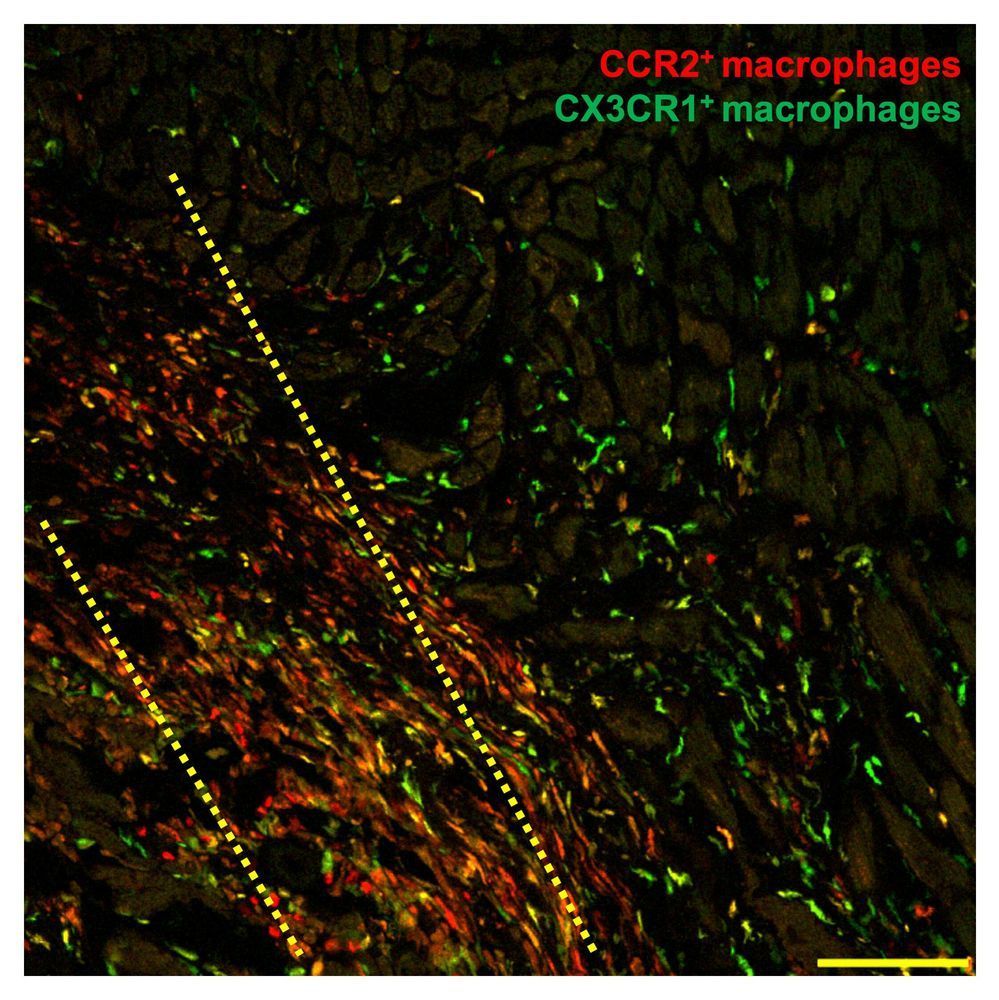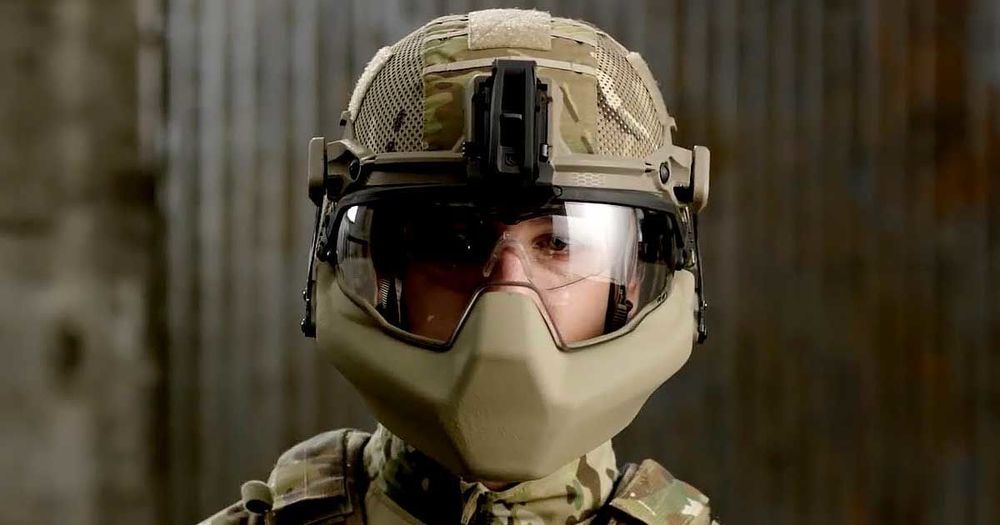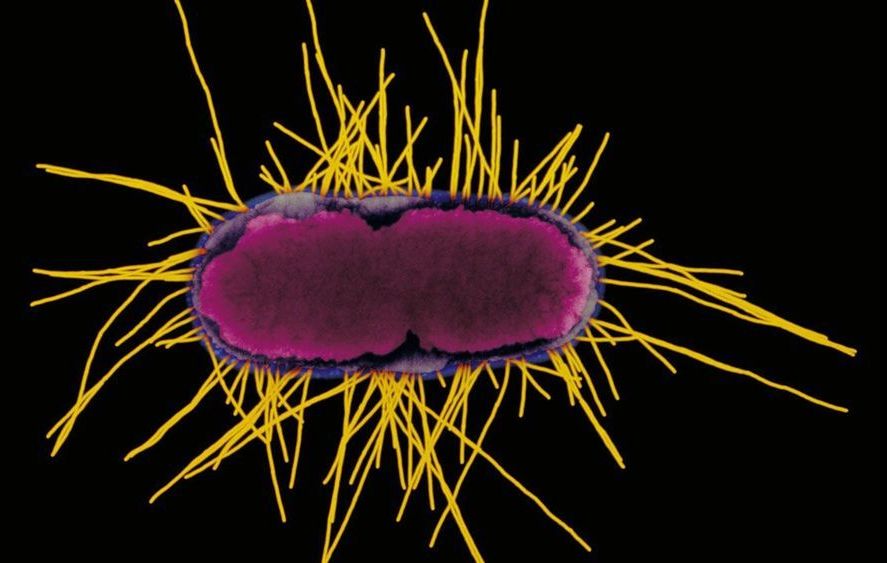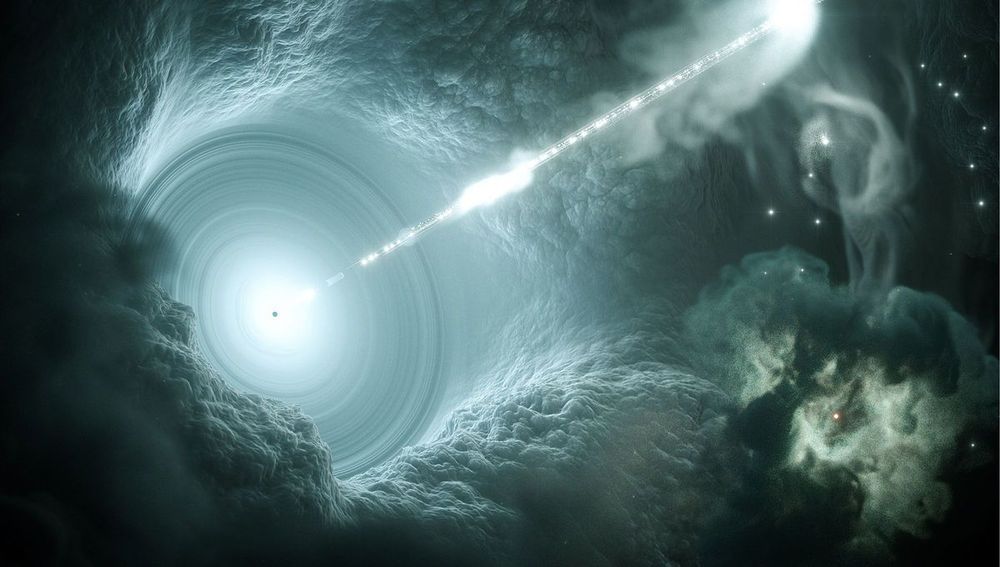Nov 27, 2019
Stem cell therapy helps broken hearts heal in unexpected way
Posted by Paul Battista in category: biotech/medical
Stem cell therapy helps hearts recover from a heart attack, although not for the biological reasons originally proposed two decades ago that today are the basis of ongoing clinical trials. This is the conclusion of a Nov. 27 study in Nature that shows an entirely different way that heart stem cells help the injured heart—not by replacing damaged or dead heart cells as initially proposed.
The study reports that injecting living or even dead heart stem cells into the injured hearts of mice triggers an acute inflammatory process, which in turn generates a wound healing-like response to enhance the mechanical properties of the injured area.
Mediated by macrophage cells of the immune system, the secondary healing process provided a modest benefit to heart function after heart attack, according to Jeffery Molkentin, Ph.D., principal investigator, director of Molecular Cardiovascular Microbiology a Cincinnati Children’s Hospital Medical Center and a professor of the Howard Hughes Medical Institute (HHMI).



















